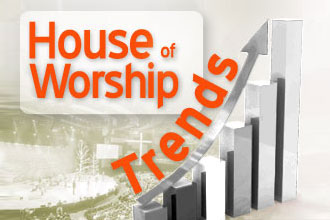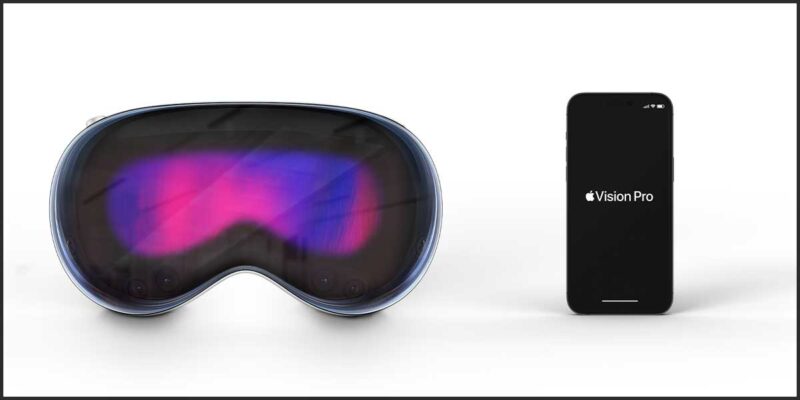Pushing Technology for Churches
 The debate between those who want technology turned off during church services versus those who not only want it on, but want to actively use it as part of the church-going experience, is a matter of personal preference. That being said, there are plenty of churches using passive technology that would jump at the chance to engage the audience with active technologies. In fact, they have.
The debate between those who want technology turned off during church services versus those who not only want it on, but want to actively use it as part of the church-going experience, is a matter of personal preference. That being said, there are plenty of churches using passive technology that would jump at the chance to engage the audience with active technologies. In fact, they have.
The paradigm of church culture in North America, in particular, continue to shift towards the adoption of technology as a viable method for creating awareness, generating engagement, and enabling action on the part of the congregation. From the typical audio/video/lighting (AVL) to the adoption of church member management software (ChMS), to the explosive increase in social media usage by staff and church ministries, to check-in software for children not sitting with parents in ‘big church’, there’s a significant push to adopt technologies that create scale, efficiency, and engagement.
Pushing Technology for Churches
Some churches have either built their own or bought into companies that provide white-labeled mobile applications to further increase member engagement. Once the app is installed on a congregants’ smartphone, the church can use push notifications through the application, even when it is not actively running. Through manual updates or scheduled content pushes, the church staff now have the ability to drive specific content to targeted user demographics or, conversely, send church-wide notifications to all users.
The next step in active engagement is another passive technology: iBeacon, Apple’s Bluetooth 4 enabled short distance geolocation push devices. The technology enables a smartphone or other device to perform actions when in close proximity to an iBeacon. iBeacon by works using the Bluetooth Low Energy (BLE) technology, also known as Bluetooth Smart.
iBeacon uses Bluetooth low energy proximity sensing to transmit a universally unique identifier picked up by a compatible app or operating system, including both Apple and Android devices. The identifier can then be looked up to determine the device’s physical location or trigger an action on the device such as a check-in on social media or a push notification.
iBeacon in Churches
Originally focused on indoor, retail applications, the use within churches is a similarly logical jump. The iBeacons do not push notifications to receiving devices (other than their own identity). However, mobile software can use signals received from iBeacons to trigger their own push notifications.
The most obvious advantage is wayfinding in a large venue. Integrated with digital signage, the ability to direct users to specific areas of the church takes on a whole new level of personalization. Thinking one step beyond, though, is the idea of the church staff using the aggregated data to understand traffic patterns (and not just on foot, but even as users drive onto the parking lot, if outdoor iBeacons are utilized) of various demographics. Children’s check-in always clogged up on the East side of the building? Have the system push alerts to parents, letting them know about less congested check-in locations as they enter the facility.
If people are arriving in service late and seating in the main venue is limited, this technology could be utilized to direct them to a video venue and even push content such as what might otherwise be found in a printed bulletin, complete with hyperlinks to ‘learn more’ or even follow a call-to-action such as donations or signing up for volunteer opportunities.
When AVL Goes Beyond AVL
Sure, I can hear the questions in your heads: “How is this related to AVL?” It’s related to systems integration, which includes AVL. As I’ve mentioned in previous articles, there are a huge number of opportunities to both expand the scope of AVL automation, business intelligence (dashboards), and anytime, anywhere access via IP-enabled technologies. The iBeacon concept is one that simply adds to the value of integrating technologies for the benefit of the users and the client.
The cost per iBeacon device is surprisingly low: hardware iBeacons can be purchased for as little as $5 per device to more than $30 per device, with differences mostly around battery life and power/range. From a system integrator’s perspective, this kind of low cost of installation and ownership means the focus can be on the customization of the service and integration with existing software.
Technologies like the iBeacon represent a shift in the way business-as-usual, or, in this case, church-as-usual, is done. What kind of opportunity does it represent for your business?
Share your views and opinions in the comments below and be sure to click the share buttons for social media to put this in front of your church clients.





